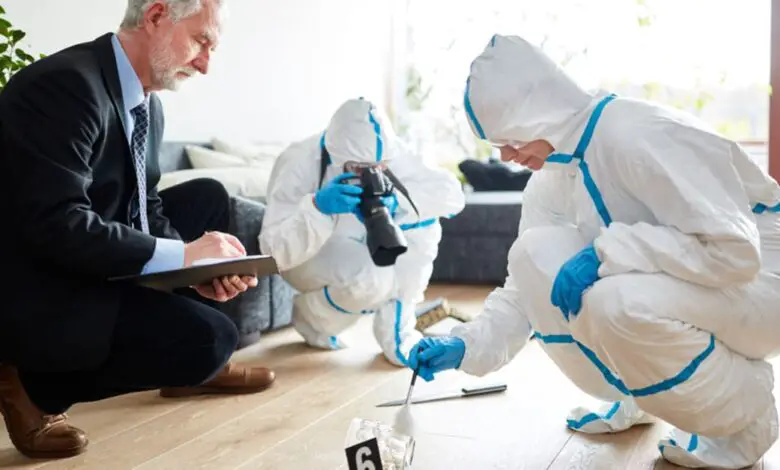
The technological advancements of the 21st century have been astronomical. Scientists and engineers are always coming up with new innovative technological solutions to help the ways we successfully function as a fair and civilized society.
Perhaps the biggest breakthrough from technological advancements is the way the legal industry has been revolutionized by modern forensics. The efficiency and accuracy of the criminal justice system has been massively improved thanks to forensic technology.
The methods in which criminal evidence is gathered are simply better, faster, and more reliable. There’s even services out there that offer forensic technology consulting to collect and analyze your legal data, all whilst ensuring your legal document activities are safely secured. Legal processes have certainly come a long way since the pioneering days of digital fingerprinting.
You can find out more about forensic technologies on this website.
Let’s take a look at the ways in which forensic technology can aid legal teams across the globe. This might get rather technical, so listen up!
What is forensic technology?
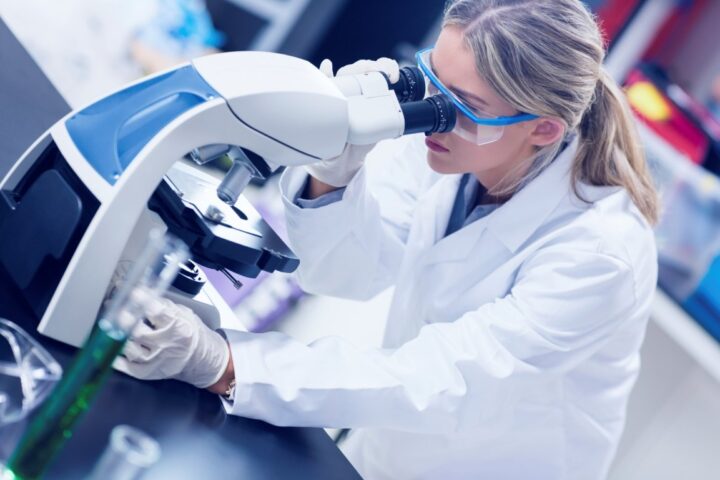
Let’s start with understanding what forensics as a general term means. ‘Forensic’ derives from the Latin word of ‘forensis’ – simply meaning ‘before the forum’. When someone has been accused of a crime, both sides of a story are assessed and arguments are put forward to a jury to discuss which case of evidence is true and which one is false.
So what is forensic technology? Well, it simply describes the ways in which technology is used in the forensic investigation of a crime. Various technological equipment is used to help identify facts and information about the crime committed to determine the outcome of the legal case.
These days, state-of-the-art laboratories use modern forensics to speed up the legal process and make the results more precise and of a higher quality. The more accurate the method, the better chance it can be used as sufficient evidence to bring justice.
What are some forensic technology examples?

Whether it’s used in court, in a laboratory, or in an office, forensic technology helps a whole variety of legal teams investigate the crimes put in front of them. The legal teams we’re talking about include forensic investigators, forensic scientists & researchers, police officers, and of course the lawyers fighting the case.
Those that argue the case will have no argument to shout about if they don’t have sufficient enough evidence. That’s where forensic technology comes into play. The most commonly used technological forensic equipment includes but is not limited to:
- 3D Imaging (used to map out crime scenes)
- DNA Sequencing (for identifying trace evidence like hair or nails)
- Facial Reconstruction (for identifying skeletal remains)
- Drug Testing (for identifying illegal substances)
- Alternative Light Photography (for detecting damage to the body)
As you can see from the forensic scientific examples above, much of forensic technology relies on the fusion of chemistry, biology, and mathematics to come to evidential conclusions. Solving crimes has never been so futuristic, and most importantly, error-free!
How can forensic technology assist legal teams?
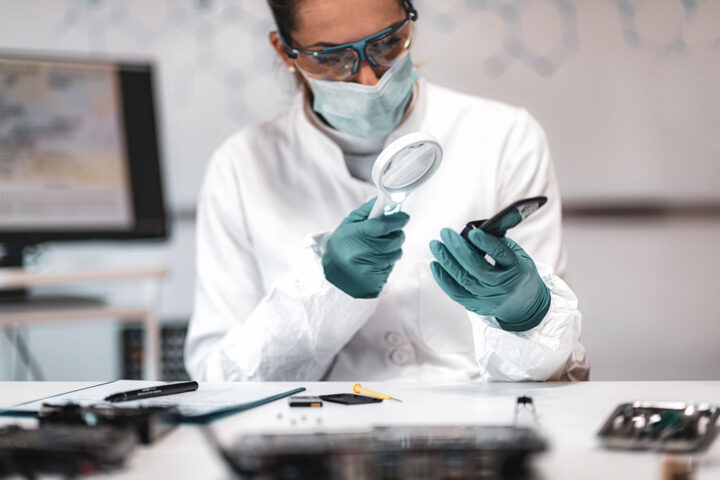
The use of forensic technology reduces the likelihood of error in the gathering of evidence. New modern technology has improved the chances of the evidence being 100% correct (although some will argue that nothing is ever 100% certain), hence why more and more forensic technology is being developed and enhanced every day. Justice should always prevail!
Here’s just some of the ways in which forensic technology can aid legal teams:
1. It helps police officers solve cybercrimes
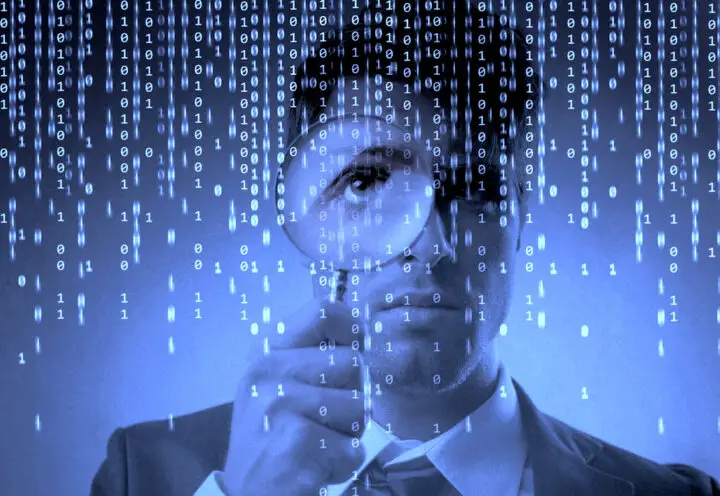
Police officers tear their hair out trying to track the online activities of cybercriminals. Cybercrime is certainly one of the hardest types of criminal activities to control. With forensic technology such as machine learning tools and computer software applications that track IP addresses, cybercrime can be monitored and investigated to some extent by police officers, but not fully! Tackling cybercrime requires tracking the threats and building defenses to prevent attacks.
2. It helps forensic medical examiners come to better conclusions
In homicide cases, forensic medical examiners are required to carry out post mortem examinations and draw out evidence from the bodily remains. Forensic technology such as clinical medicines and facial reconstruction software has improved the technical methods that help determine the cause of death and identify the body. These types of scientific methods can also help examine sexual assault injuries, gunshot wounds and identify injury patterns.
3. It helps forensic investigators examine crime scenes
It’s the forensic investigators’ job to analyze the crime scene and determine the causes of various incidents that may or may not have happened. Some of the most common forensic methods include digital imaging, studying footprint marks, examining vehicle tire marks, and even lie detection. Fingerprint technology is also another hugely useful tool to match up crime scene fingerprints with the criminal accused.
4. It helps police officers track mobile usage
We’ve all seen the films and TV shows when criminals use public telephone boxes to have illicit conversations over the phone. Well, that’s because forensic technology includes the examination of telephonic conversations and the tracking of mobile phone records. You can identify the location of a call or even use voice analysis to identify the speakers on the call. Other similar phonological techniques include speech coding and tape authentication.
5. It helps lawyers build a better case of evidence
Lastly, it’s worth noting that all of the forensic methods and technology techniques mentioned above aid perhaps the most important legal team involved in a criminal case: the lawyer! Without a case packed with reliable scientific evidence collected by approved technological methods, the lawyer will have no leg to stand on when fighting their case.
So what have we learned?
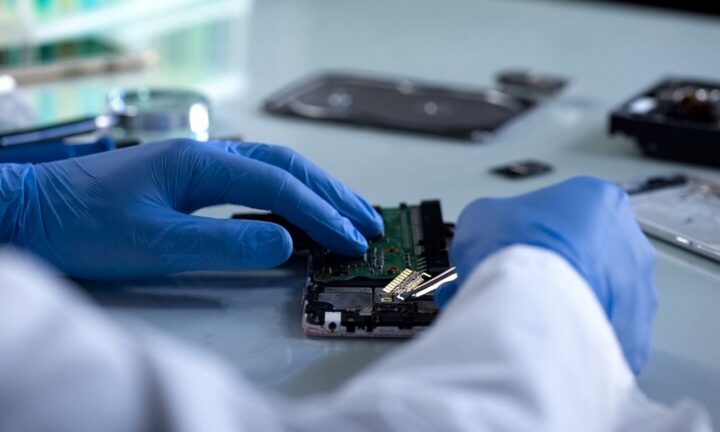
We’ve learned that forensic technology is one of the most important and fastest-growing areas of technology advancements. The world would be a far more unjust place without the modern techniques we have nowadays. Thankfully there’s now plenty of state-of-the-art technological methods that make forensics a much more reliable and efficient practice for legal teams to make use of.
